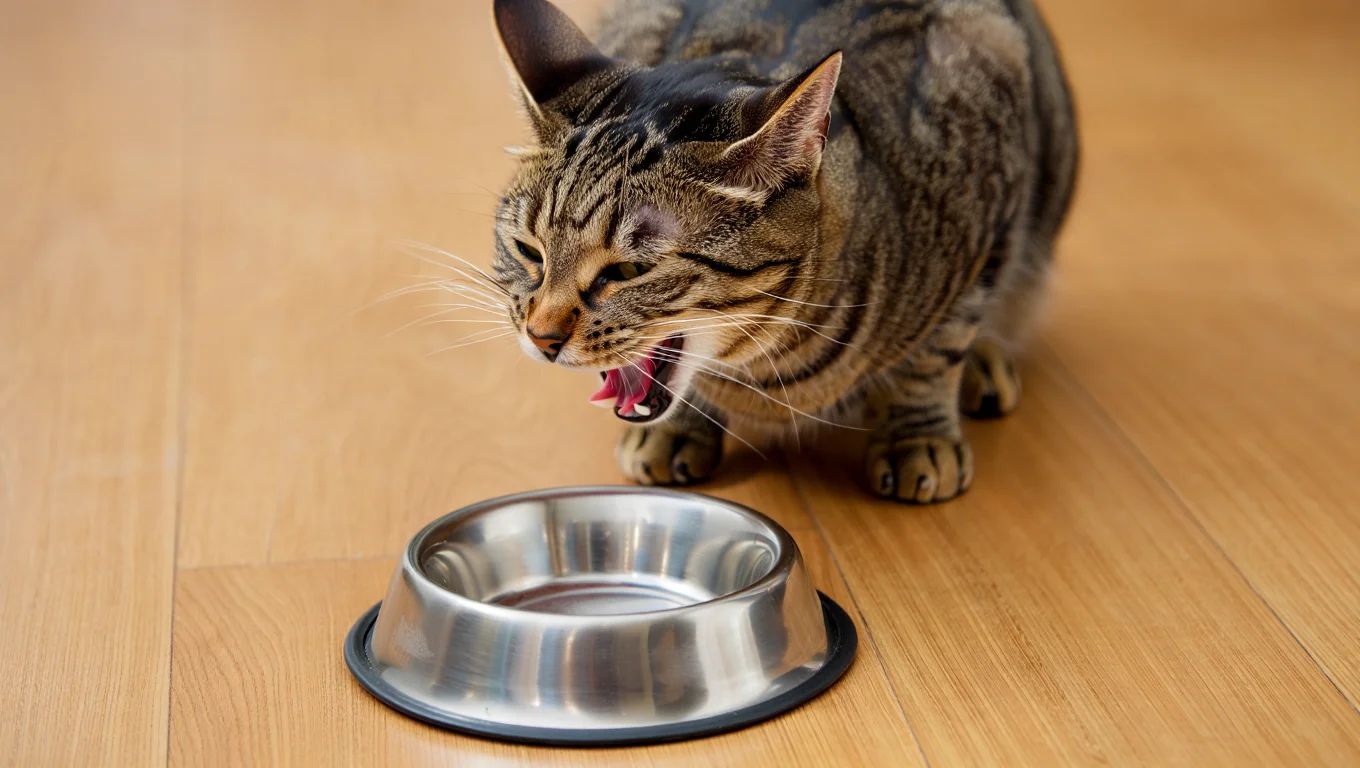Follow us on Google News (click on ☆)
This research, conducted by Japanese scientists, sheds light on the role of a specific gene in the social behaviors of domestic cats. By analyzing the DNA of 280 mixed-breed cats, researchers identified a link between a genetic sequence and their tendency to purr or meow more frequently in the presence of humans.

The gene influencing feline communication
The study published in PLOS One reveals an intriguing connection between the length of a specific gene and cats' vocal behavior. The androgen receptor, located on the X chromosome, contains a variable repetitive sequence: cats carrying short versions (18 repeats or fewer) purr and meow more frequently toward humans than those with long variants (19 repeats or more).
This genetic peculiarity highlights a major evolutionary divergence. Wild felines (lynxes, leopard cats) only exhibit short versions, while domestic cats display the full range of variants. Purebred cats, often the result of selective breeding, frequently possess the long gene—suggesting that domestication favored individuals less dependent on vocalization for survival.
The implications are tangible: 79% of the stray cats studied, accustomed to soliciting humans for food, carried the short variant. Conversely, purebred cats, whose ancestors were systematically fed, retained long variants associated with reduced communication. This discovery opens avenues for adapting shelter adoption methods based on felines' genetic profiles.
Implications for human-cat relationships
This genetic discovery sheds new light on our interactions with felines. "Chatty" cats, often from challenging backgrounds, use their vocal repertoire as an adaptation strategy to human environments. Their tendency to actively seek attention reflects social intelligence developed through contact with our species.
For shelters and owners, these insights are valuable. A vocal cat may indicate a street past where communication was vital, while a quieter feline might come from a breeding lineage. This knowledge helps tailor care and adoption approaches to each animal's individual needs.
The research also opens unexpected perspectives for feline conservation. By understanding how these genes influence behavior, scientists could better manage captive wild feline populations by anticipating their interactions with human caretakers.
Going further: What is the role of purring in feline communication?
Purring is a versatile tool, used to express contentment but also to ease tension or attract attention. Some cats employ it strategically during interactions with their owners.
Studies indicate that the low frequencies of purring may promote tissue healing. This mechanism likely evolved to strengthen social bonds and ensure the survival of dependent kittens.
Unlike meows, often reserved for humans, purring is also used between cats. This duality makes it a key element of their communicative repertoire.